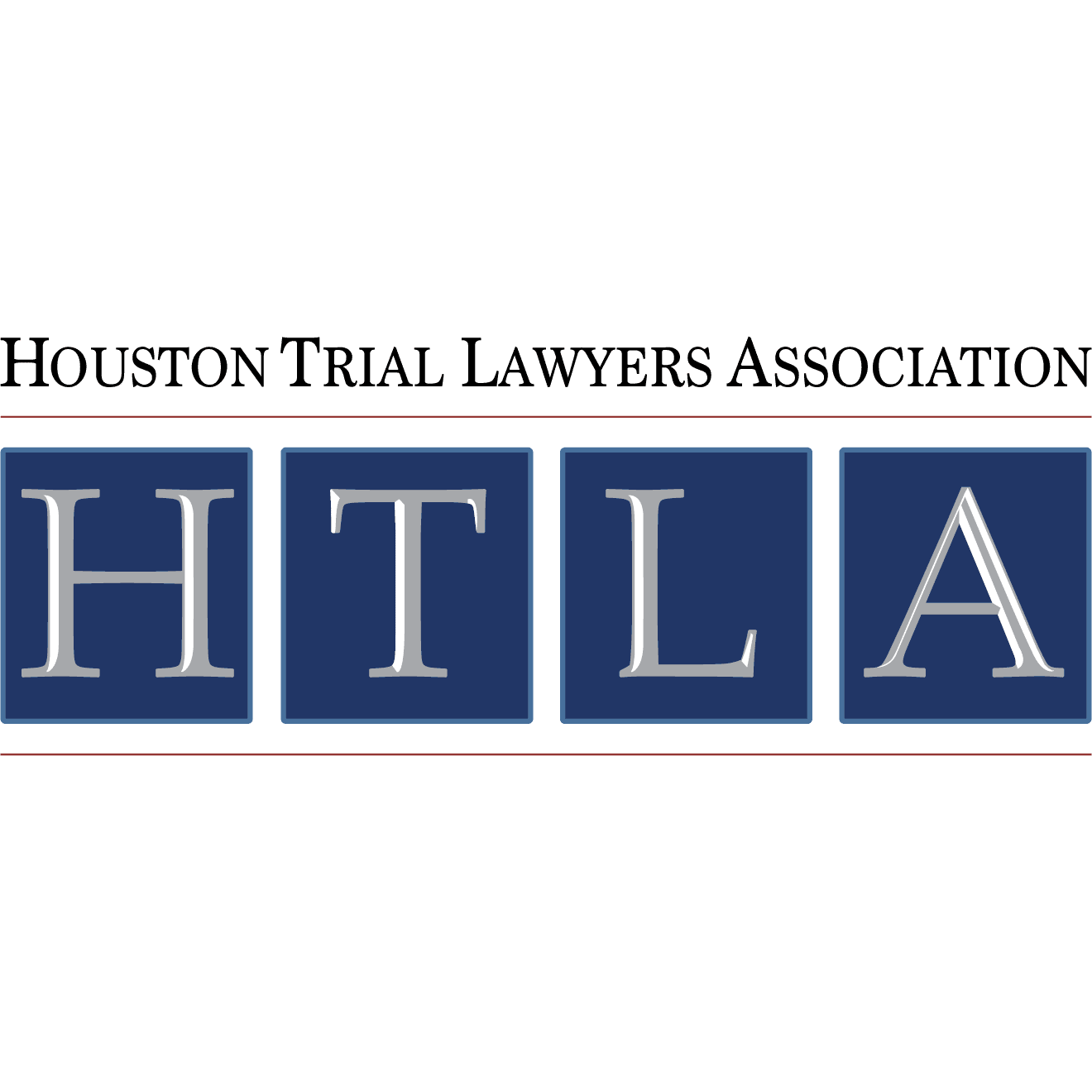U.S.S. San Francisco (CA-38)
Over A Billion Recovered Nationwide
U.S.S. San Francisco (CA-38)
Design and Construction
San Francisco was laid down at Mare Island shipyard on September 9, 1931. She differed from her sisters in that her three 8-inch gun turrets were given 6.5 inches of armor, as opposed to the 5 inches used on the other New Orleans-class cruisers. She commissioned on February 10, 1934.
Pre-War Service
After, commissioning, San Francisco embarked on a long shakedown cruise that took her from British Columbia to the Panama Canal. Upon her return to Mare Island, she was converted to a flagship and her secondary batteries were installed. She took command of Cruiser Division 6 at San Diego in February 1935 and took part in Fleet Problem XVI in May. San Francisco remained in the Pacific Fleet until January 1939, when she transferred to the Atlantic to take part in Fleet Problem XX. She became the flagship of Cruiser Division 7 in March and led the group on a tour of the Caribbean and South American ports.
With the outbreak of World War II in Europe, San Francisco began Neutrality Patrols. She transported cargo and passengers to San Juan, Puerto Rico, and then set out for a sweep of the West Indies. She completed her patrol on 14 October and returned to Norfolk, where she remained until January 1940. On the 11th, she was relieved as flagship of Cruiser Division 7 by Witchita, allowing her to return to the Pacific. She reached her new homeport of Pearl Harbor in March, and returned to her role as flagship of Cruiser Division 6. She operated between Pearl Harbor and the West Coast until September 1941, when she was relieved as flagship. On October 11, the cruiser entered Pearl Harbor Navy Yard for a refit. The Navy Yard’s dry docks were at capacity, however, and while San Francisco waited her turn, her engines and much of her ammunition were secured for overhaul.
Pearl Harbor
The cruiser was still waiting for a dry dock when the Japanese Navy attacked Pearl Harbor on December 7, 1941. With no engine power and most of her ammunition stowed, San Francisco had only two .30 caliber machine guns available to defend herself. Fortunately, she did not come under attack, and many of her crew transferred to her sister New Orleans, as that ship had more anti-aircraft guns available. Sailors were also able to access her .50 caliber ammo, which was transferred to the destroyer Tracy. With the end of the attack, San Francisco was quickly made ready for combat. She joined the carrier Saratoga as part of an effort to relieve Wake Island on December 16. En Route, the group learned that Wake had fallen, and they were redirected to Midway Island. After reinforcing Midway, the ships returned to Pearl Harbor.
World War II
San Francisco joined Task Force 8, built around the carrier Enterprise, on January 8, 1942 and sailed for Samoa as part of another reinforcement convoy. With this work done, the cruiser transferred to Task Force 17, centered on Enterprise’s sister, Yorktown. She escorted Yorktown during raids on the Gilbert and Marshall islands before being transferred once again, this time to TF11. As a screen for Lexington, San Francisco participated in the famed Lae-Salamaua raid at New Guinea. Arriving back at Pearl Harbor on March 26, the cruiser escorted several convoys to the few remaining allied bases in the South Pacific. She remained in this capacity until August, when she joined with the allied invasion force headed for Guadalcanal.
August 7 saw allied forces take the offensive for the first time in the Pacific theater. San Francisco remained in the Guadalcanal area until September, providing support for transports at sea and marines ashore. She was assigned to TF18 and took aboard Rear Admiral Scott. On September 11, TF18 joined TF17, including the carriers Hornet and Wasp. The two groups were operating together on the 15th, when a Japanese submarine torpedoedWasp. Admiral Scott took command of TF18 from San Franciscoand she attempted to take Wasp in tow. The carrier was too badly damaged, however, and after survivors were taken off, Wasp was scuttled. San Francisco remained with Hornet until September 23, when she joined several cruisers and destroyers to form TF64. Once again, she served as flagship of the group with Admiral Scott aboard.
The cruiser had her first taste of night fighting on October 11. Her TF64 intercepted a Japanese bombardment force near Cape Esperance consisting of 3 cruisers and 8 destroyers. The battle broke just before midnight and continued into the morning of the 12th. The Japanese force lost the cruiser Furutaka and 3 destroyers, while the Americans lost only the destroyer Duncan. The Japanese group was forced to retreat, and the victorious Americans headed back to Espiritu Santo. On the 20th, an enemy submarine spotted TF64 and fired several torpedoes, one of which headed straight for San Francisco. Luckily, the torpedo detonated prematurely, and she was undamaged. The older cruiser Chester, however, was hit and forced to leave the group. San Francisco transferred Rear Admiral Scott to Atlanta on the 28th, and took aboard Admiral Callaghan on the 30th.
She arrived off Lunga Point on November 12 and was soon under air attack. A Japanese torpedo bomber, already damaged in an attempt to torpedo her, rammed into the cruiser’s aft superstructure, destroying her secondary command station. Fifteen men were lost, but damage was not severe enough to keep her out of action. The next day, American forces moved to intercept a large Japanese bombardment force intent on destroying the American air base at Henderson Field.
Admiral Callaghan commanded the group from San Francisco. The two forces met on the night of the 12th. In the confusion of the nighttime engagement, Admiral Scott’s Atlanta was accidentally caught between the opposing sides. Mistaking her for a Japanese ship, San Francisco opened fire. Her shells, in concert with those of the Japanese battleship Hiei, devastated the light cruiser, killing Admiral Scott and most of Atlanta’s bridge crew. Finally realizing her mistake, San Francisco engaged the battleship.Her gunnery was excellent, and the cruiser redeemed herself by disabling Hiei’s steering. The wounded battleship would be a sitting duck for American air attack the next day. Unfortunately, Hiei’s gunnery was also accurate, and San Francisco suffered severe damage in the exchange, particularly to her bridge. Her captain, Cassin Young, and Admiral Callaghan were killed. The cruiser suffered several steering problems during this time, but excellent coordination among her remaining officers allowed her to stay in the fight. She turned her attention to Hiei’s sister, Kirishima, but she had little luck with the second battleship. San Francisco took more hits from Kirishima but stayed in the action to the end. She had lost 77 men and her damage was heavy, but she was still under her own power and her main battery was still functional.
She joined the cruisers Helena and Juneau and headed back to safe port. Juneau transferred medics to San Francisco on the morning of November 13 to assist with her wounded. Shortly thereafter, an enemy submarine torpedoed Juneau. The hit caused a massive explosion, which sent her to the bottom in a matter of minutes. San Francisco and Helena were given direct orders not to stop and search for survivors and the two ships continued on. San Francisco was awarded a Presidential Unit Citation for her role in the Naval Battle of Guadalcanal. She sailed on the 18th for the west coast, arriving in her namesake city on December 11. She would spend the rest of 1942 recovering from her wounds and refitting.
She emerged from Mare Island Shipyard on February 26, 1943 as a new ship. Her fire control systems, bridge, radar, and anti-aircraft batteries were heavily upgraded. San Francisco escorted convoys to the South Pacific until April, when she was transferred to Alaska. During her time there, she covered landings on the Aleutian islands of Attu and Kiska. She transferred back to Pearl Harbor in September and joined TF14. With this force, she bombarded Wake Island and joined to battle for Tarawa. Reassigned to TF50, she screened Yorktown and Lexington when the ships came under attack on 4 December. The first attack resulted in no hits, but San Francisco was strafed and lost one man. Lexington took a torpedo in the second attack and was forced to retire, with San Francisco providing escort.
She was assigned to TF52 on January 11, 1944 and headed for Kwajalein. There, she provided covering fire for amphibious landings and raids on nearby Maloelap. She joined the mighty TF58 on February 8. With this unit, San Francisco participated in every major action in the South and Central Pacific. She returned to Mare Island for overhaul on August 16. She returned to the war zone in November, and resumed her old post as flagship of Cruiser Division 6. She stayed with the Fast Carrier force for the remainder of the war, providing screens for the carriers and bombardment for troops ashore. When the war in the Pacific finally ended, San Francisco covered minesweepers near China until November 1945, when she returned to her home city for the last time.
Fate and Memorial
Like many deserving ships at the end of the war, San Francisco was not preserved as a memorial. She sailed to Philadelphia to be decommissioned, and remained in reserve until 1959, when she was sold for scrap.
Not all of San Francisco was lost, however. After the Naval Battle of Guadalcanal, much of her original bridge had to be cut away and replaced, including several pieces of armor plate with shell holes in them. These were obtained by the City of San Francisco and organized into a memorial to the cruiser, which stands to this day.
Risk of Asbestos Exposure
San Francisco was one of our navy’s great ships, but she was built at a time when the use of asbestos was rampant in naval construction. As a steam-powered ship, San Francisco would have had asbestos insulation in many of her interior spaces. Any damage to this insulation, especially the severe damage she suffered at Guadalcanal, would cause this insulation to break down into tiny fibers that could easily be inhaled.
Asbestos is proven to cause mesothelioma, a malignant form of lung cancer. While mesothelioma has no cure, it can be treated with chemotherapy and other cancer fighting techniques. If you or someone you know served on San Francisco or worked on her in a shipyard and has contracted mesothelioma, you may be entitled to compensation. Please fill out the form at the bottom of this page to receive free information regarding your legal options.
We Take Our Clients’ Cases Personal
Helping Victims of Mesothelioma Is Why We Do What We Do
Your firm has made this stressful process easy and comfortable for me.
I couldn’t have done it without you.
The professionals at Shrader & Associates did the work, hassle free, and ensured I was able to leave a legacy for my family.
Your team stood by me throughout the entire process.
Thanks to you, the grief of my loss would have been almost unbearable otherwise.
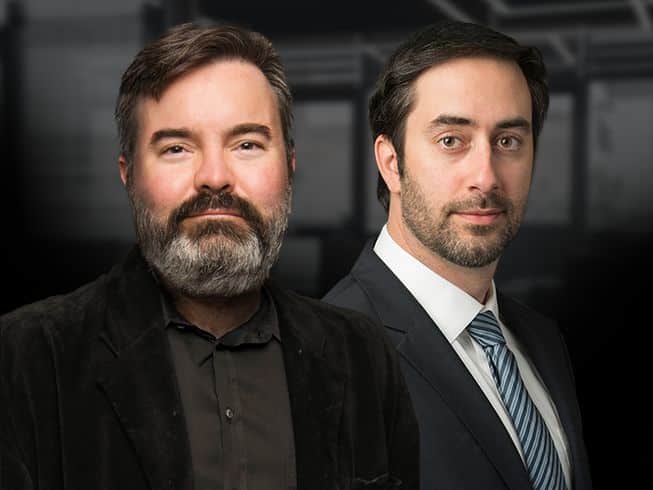
The Right Team Makes a Difference
Mesothelioma cases require technical knowledge and an understanding of complex laws. An attorney with experience trying these claims and substantial resources to leverage on your behalf is your best bet to having a strong case. We are nationally recognized for providing quality representation to mesothelioma patients and their families.
Meet Our Attorney
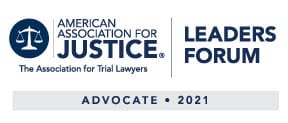
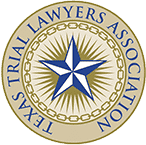
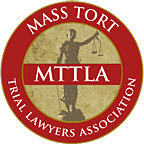
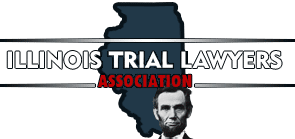






![aaj-leaders-forum[2] U.S.S. San Francisco (CA-38)](https://shraderlaw.com/wp-content/uploads/2022/04/aaj-leaders-forum2.png)


